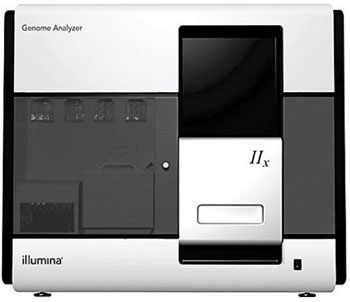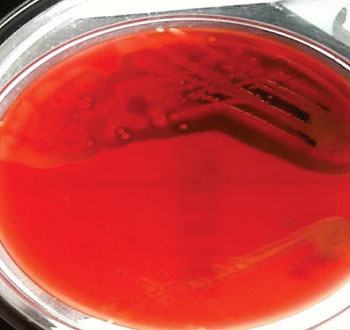Genome Sequencing of MRSA Infection Predicts Disease Severity
By LabMedica International staff writers
Posted on 24 Apr 2014
Bacterial pathogens, such as methicillin-resistant Staphylococcus aureus (MRSA), cause disease in part due to toxicity, or the bacterium's ability to damage a host's tissue.Posted on 24 Apr 2014
The spread of the antibiotic-resistant pathogen remains a concerning public health problem, especially among doctors trying to determine appropriate treatment options for infected patients.
Microbiologists at the University of Bath (UK) and a team of international scientists used whole genome sequences from 90 MRSA isolates to identify over 100 genetic loci associated with toxicity. Bacterial adhesion to human fibronectin and fibrinogen was assessed and adherent bacteria were calculated by using the crystal violet method and absorbance measured at A595 using a microtiter plate reader. The toxicity of individual isolates was assayed in three ways.
The identification of genetic variation in the clinical isolates was studied using unique index-tagged libraries created for each sample, and up to 12 separate libraries were sequenced in each of eight channels in the Genome Analyzer GAIIx cells (Illumina; San Diego, CA, USA) with 75-base paired-end reads.
The authors found that by using whole genome sequences from 90 MRSA isolates they were able to identify over 100 genetic loci associated with toxicity and despite belonging to the same ST239 clone, the isolates varied greatly in toxicity. Importantly, the highly toxic isolates shared a common genetic signature. By looking for this signature in the MRSA genome, the investigators were able to predict which isolates were the most toxic and thus more likely to cause severe disease when used to infect mice.
Ruth C. Massey, PhD, the lead author of the study, said, “As the cost and speed of genome sequencing decreases, it is becoming increasingly feasible to sequence the genome of an infecting organism. In a clinical setting, sequencing may be useful for deciding the course of MRSA treatment. For example, a clinician may treat a highly toxic infection more aggressively, including prescribing certain antibiotics known to reduce toxin expression. The patient also may be monitored more closely for complications and isolated from others to help control the spread of infection.” The study was published on April 9, 2014, in the journal Genome Research.
Related Links:
University of Bath
Illumina















